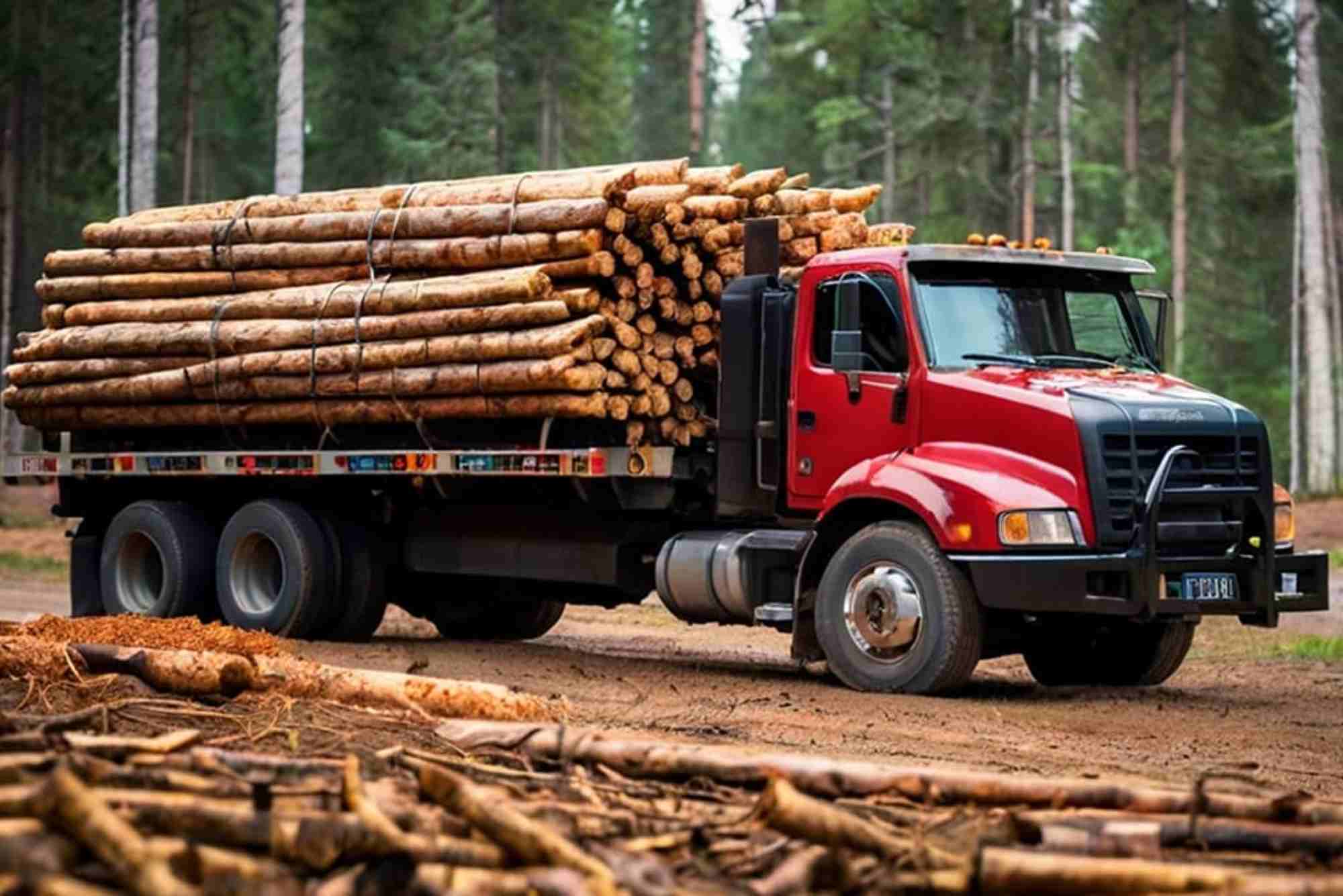FOR IMMEDIATE RELEASE
New Digital Traceability Platform Targets Illegal Timber in Global Supply Chains
Ground-truthed.id (GTID) integrates satellite data, geo-located field reports and AI verification to help brands, auditors and enforcement agencies prove origin and legality before wood products reach retail shelves.
Jakarta, Indonesia – 20 November 2025
Indonesian environmental NGO Kaoem Telapak today publicly released Ground-truthed.id (GTID), an open-source digital platform designed to document and verify every mile a log travels from forest to factory. The launch comes as the European Union Deforestation Regulation (EUDR) enters its compliance phase, requiring companies that sell timber, palm oil, coffee, cocoa, beef and soy in the EU to furnish geolocation coordinates proving the commodities were not grown on land deforested after 31 December 2020.
According to the UN Environment Programme, up to 30 % of globally traded timber is still illegally harvested, costing producer nations an estimated USD 15 billion in lost revenue and carbon credits each year . GTID tackles the data gap by crowd-sourcing verified field reports—complete with GPS coordinates, photographs and legal documents—from Indigenous rangers, community monitors and accredited NGOs. Editors and legal practitioners then triangulate submissions with freely available satellite imagery and government permit databases before a batch is assigned a tamper-proof QR code that follows the wood through mills, exporters and importers.
“Traceability is no longer a marketing buzz-word; it is a compliance requirement,” Mardi Minangsari, President of Kaoem Telapak, said during the platform’s unveiling in Jakarta.
“GTID shifts enforcement from the port to the plantation. If a supplier cannot produce our verification code, brands can stop the shipment before money changes hands.”
The web and Android application, beta-tested since March 2025, already hosts 1,800 geotagged records covering 42,000 ha of concessions and community forests across Kalimantan and Papua. Early adopters include a European DIY-store chain and two Indonesian plywood exporters that together ship EUR 90 million of timber annually to the Netherlands and Denmark. Pilot audits by Rotterdam-based control body Preferred by Nature found that shipments carrying GTID codes required 40 % less documentation time and reduced laboratory tests for species identification by one third.
Market pressure is accelerating uptake. The EU market alone imported wood-based products worth EUR 19.7 billion in 2024, but customs authorities detained 1,200 t of illegal timber in the first six months after the EUDR took effect—an eight-fold increase compared with the same period in 2023 . Non-compliance fines can reach 4 % of a company’s EU turnover. Meanwhile, consumer research published this month by the WWF indicates that 72 % of European shoppers would switch brands if illegal deforestation were linked to a product.
GTID finances its operations through a tiered freemium model: basic verification is free, while premium analytics—such as carbon-stock calculations or automatic EUDR risk reports—cost USD 0.06 per cubic metre, typically less than 0.1 % of the average export price for Indonesian meranti. Development funding was provided by the Norwegian International Climate and Forest Initiative (NICFI) and the Ford Foundation; the code base is licensed under Apache 2.0 to encourage integration with existing blockchain or ERP systems.
Next year, Kaoem Telapak plans to add satellite radar data that penetrates cloud cover, enabling near-real-time alerts of encroachment in the humid tropics. The organisation is also in talks with authorities in Gabon and Brazil to adapt the interface for Portuguese and French users, aiming to cover 10 million ha of tropical forest by 2027.
Media Contact
Sarha Al-Mansoori
Director of Corporate Communications
G42
Email: media@g42.ai
Phone: +971 2555 0100
Website: www.g42.ai






